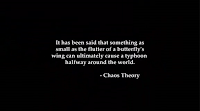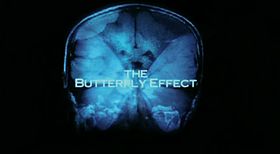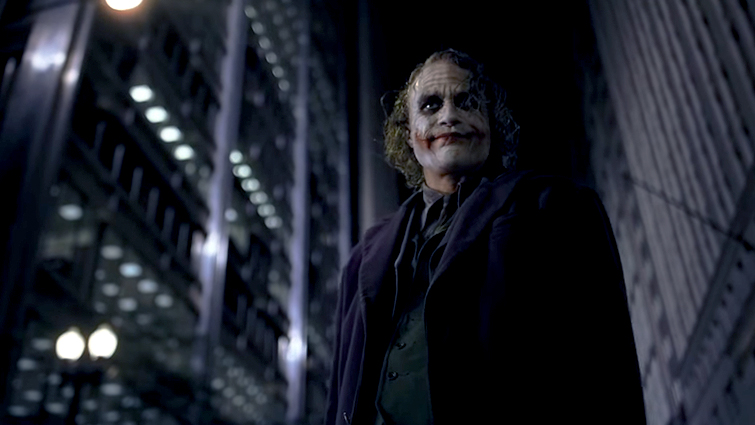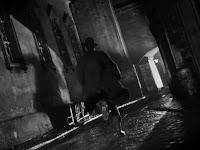Colour is the use of colour spectrums to convey the genre of a film or type of character e.g. antagonist, protagonist etc. this is used to determine where the character fits in in the movie and the role they play it can also describe their activeness and give extra details of the situation there in.
Angles of lighting:
Back lighting is light from the back to emphasize the figure of a character and can be used to create stunning effects. For example nightmare on elm street:
3 point lighting helps separate character from image to make them look 3D creating a shadow evenly spreading the light for example captain america:
 Chiaroscuro is a high contrast between light and dark showing depth and volume to a character for example the hunchback of notre dame:
Chiaroscuro is a high contrast between light and dark showing depth and volume to a character for example the hunchback of notre dame:Types of lighting:
Low key lighting is conventional in thrillers because it suggests mystery which is a prominent theme in most thriller films to make the characters seem more intense than they actually are. It also adds a dingy effect to a scene where the character is representing danger or a dark characters state of mind, it creates a sharp contrast. It builds on the audiences tolerance as it's hard to see the characters identity in this lighting building up tension in the films atmosphere to lead up to action in the end of the thriller film.
High key lighting is high vibrant lighting used to activate a characters action presence to represent a hero in the midst of the dark so you can see their whole face and body this gets the audience on their side so they are also the hero in their eyes too.
The type of lighting conventionally used often in thrillers is low key as they are usually associated with danger and fear to create the genre in their eyes as a thriller that's likely to have things jump out at them a lot.
Colour in scenes examples:
Warm colours in scenes represent a place of salvation,safety and passion like romance e.g. red, orange, brown.
Cold or dark colours represent a frightening and chilling atmosphere in the film for example light blue, purple, grey, black typically low key.
Realistic and vibrant colours make a modern atmosphere typically in suburban films e.g. beige, orange, yellow, sky blue.
Thrillers typically use cold dark colours to make the atmosphere more chilling and intense in scenes of peril emphasize the danger in the scene this is to gain a reaction and reputation from the audience so they take what they see more seriously than they would without the low key cold colours. Thrillers also use realistic and vibrant colours in scenes of action to emphasize quality and make it more thrilling by showing the audience that this type of action and thrills can even happen in somewhere peaceful, this colour also urges you to pay more attention to the characters as they stand out more.
Thriller opening analysis: Black swan opening sequence
In this shot the colours used here are natural to create a more peaceful effect on the audience to show characters innocence and possibly fragility in the persons mind or psyche, the light is much like a spotlight as it is circular suggesting something about performance.
Here cold colours are used to present eeriness and mystery within the plots progression from innocent to eerie, as the only light source is the spotlight, it also shows characters revolution throughout the film as this is her mind does in the film.

In this shot the colours and lighting stay pretty monotone going from realistic to dark suggesting that the colours are revealing something about the plot that we haven't seen yet. The colours here are very dark making the audience uneasy and on the edge of their seats.
Conclusion:
From this research I have realized that light and colour complement each other so I am interested in using a range of different colour/light combinations to make effects in audience that I would prefer such as back lighting to make mystery of characters appearance.

















 The call is an
example of a thriller film because it contains several elements in the thriller
film genre such as the plot which is about a girl who is abducted by a man into
the back of a van in which she then calls 911 and the main character who is the
person who works at the call centre (the protagonist) makes an error in
judgement and she has the problem to face which is the fate of the teenager,
she has to confront the kidnapper. Therefore, this film will build up a lot of
tension and suspense specially when the confrontation happens then the plots
climax will be reached
The call is an
example of a thriller film because it contains several elements in the thriller
film genre such as the plot which is about a girl who is abducted by a man into
the back of a van in which she then calls 911 and the main character who is the
person who works at the call centre (the protagonist) makes an error in
judgement and she has the problem to face which is the fate of the teenager,
she has to confront the kidnapper. Therefore, this film will build up a lot of
tension and suspense specially when the confrontation happens then the plots
climax will be reached 